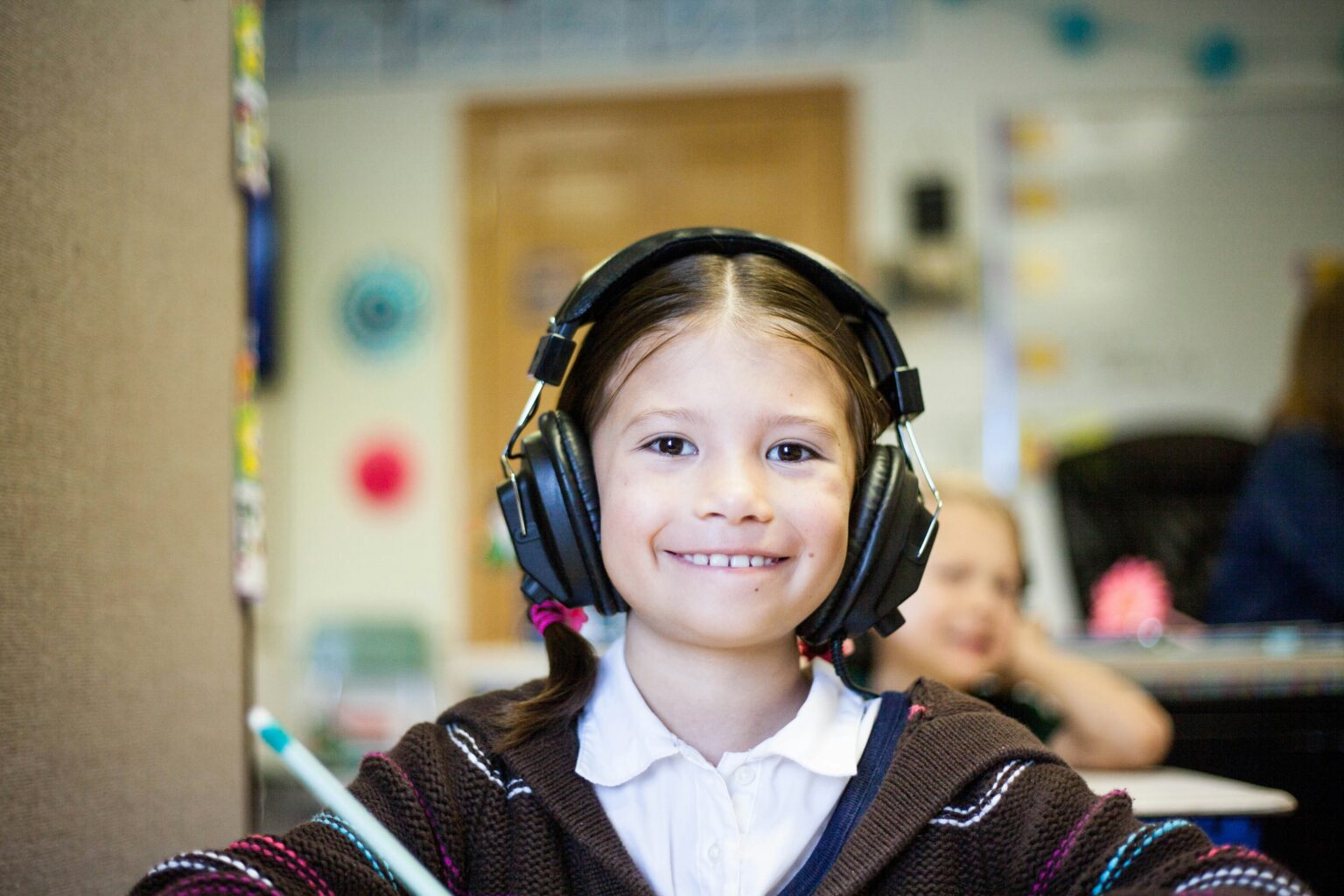Subscribe to our Newsletter
Receive our weekly newsletter, updates, and promotions, to your inbox.

This is the second part of a two-part series on creating a neurodiversity affirming classroom. Our previous article described the journey of inclusive education from the disability model to mainstreaming and integration, and the difficulties we still face in creating truly inclusive classrooms.
We need a model of inclusion in education that:
Provide regular and comprehensive training for teachers and staff on neurodiversity and disability, including learning from neurodiverse presenters. Teach strategies to create a supportive and inclusive culture for everyone. Use evidence-based strategies for inclusive teaching and strategies informed by neurodivergent students and their parents.
Allow educational staff, including teachers, teacher’s aides, and administrative staff the time to self-reflect on their own views of neurodivergence and disability in a safe space. By identifying their own beliefs and biases, they can meaningfully choose the books, courses, and learning opportunities to assist them to firmly align with affirming teaching practices.
Create a system that identifies and supports students at the earliest possible stage, minimising the risk of students "falling through the cracks."
Embrace Universal Design for Learning principles to create a flexible and inclusive curriculum that caters to diverse learning styles and abilities. This benefits not only neurodivergent students but the entire student body. UDL emphasises multiple means of presenting information, engaging students, and providing multiple ways students can express what they have learned.
Modify the physical environment of classrooms and playgrounds to be sensory-friendly and accommodating for neurodivergent students. Consider factors such as lighting, noise levels, and classroom layout to create a more inclusive setting for everyone.
Move beyond traditional Individual Learning Plans (ILPs) and develop more personalised and dynamic Individualised Support Plans (ISPs) that cater to the specific needs of neurodivergent students. Regularly review and update these plans in collaboration with students, parents, and educators.
Foster an inclusive and supportive school culture that celebrates neurodiversity. Establish the values of the school to include compassion and connection. Implement anti-bullying programs and awareness campaigns to reduce discrimination and peer rejection. Provide support and social skills training for bullies. Encourage a sense of belonging for all students.
Prioritise teacher well-being by offering support programmes, resources, and professional development specifically addressing the challenges of teaching students with so many varying learning types. This can help mitigate stress and burnout among educators.
Employ neurodivergent mentors to assist students who are struggling to understand neurodiversity, including different social codes, learning styles and interests. Highlight and celebrate milestones in the path toward true inclusivity.
Actively involve parents and caregivers in the educational process. Foster open communication channels to understand the needs and strengths of neurodivergent students, ensuring a collaborative approach to support their learning.
Regularly assess the effectiveness of inclusive practices and adjust based on feedback from students, parents, and educators. Embrace a continuous improvement mindset to refine and enhance the inclusive education model over time.
By implementing these tips, schools can work towards creating an inclusive environment that not only supports autistic students and ADHD but benefits the entire school community.
If you're interested in learning more our online courses cover a variety of topics, including Creating Autism and ADHD Inclusive Classrooms.